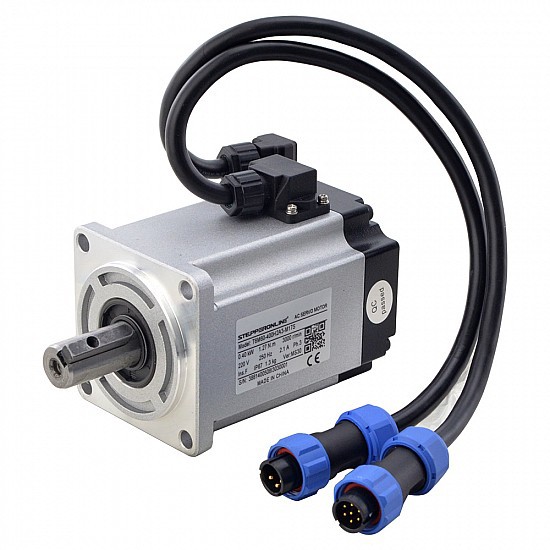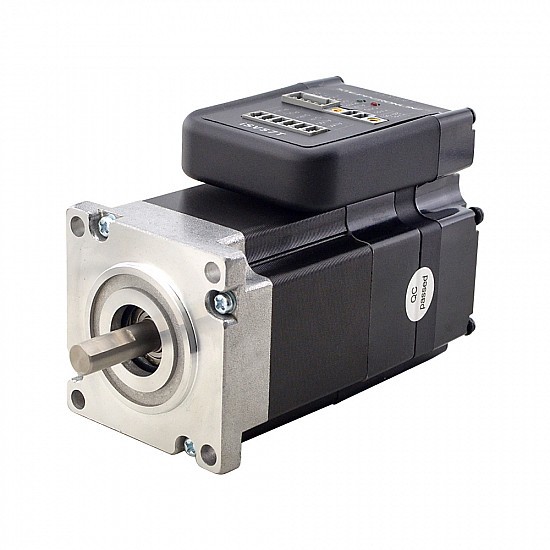Servo motors and ordinary motors are electromagnetic devices that convert or transmit electrical energy. They have the same function. However, there are certain differences in their structures, accessories, prices, applications, etc. Generally speaking, the structure of servo motors is more complex than ordinary motors. , more expensive, mainly used for some equipment with higher requirements. It is possible to use a servo motor as an ordinary motor by adjusting the driver settings. However, due to the high cost and troublesome maintenance of servo motors, they are generally not used in this way. Let’s learn about the difference between servo motors and ordinary motors.

1. The ordinary motor rotates too fast and the torque is too small. Since there is no feedback of its own, it is usually impossible to achieve precise control; the servo motor relies on pulses for positioning, which can form a pulse closed loop to accurately control the rotation of the motor.
2. The structure of the servo motor is closed-loop feedback control, which requires the use of a servo driver; the ordinary motor has a simple structure and does not require the use of a special servo driver.
3. The servo motor needs to respond to the speed, orientation or torque reference value through the sensor and encoder at the back end of the motor to the matching driver, and then the driver adjusts the drive current in real time according to the user-specified value to control the motor rotation. Generally, the motor is directly controlled by the inverter or regulator. Equipment such as voltage regulators directly drives the motor to rotate and does not dynamically adjust to external interference.
Simply put, the main differences between servo motors and ordinary motors are:
Servo motor positioning is more precise and has feedback. Ordinary motors don't have one, they just spin when powered on.

The structural difference between servo motors and ordinary motors
The mechanical structures of servo motors and ordinary motors are similar in principle, and both consist of a stator and a rotor. Their main differences are mainly in the blade structure and drive circuit.
The characteristic of a servo motor is that its movement direction is proportional to the voltage between the power supplies. It usually consists of an encoder, a controller and a servo motor. The encoder can provide higher resolution and ensure precise control; while the controller is the "brain" that specifies the motor's running direction, speed and torque, and is responsible for converting the control signals sent by the driver into corresponding motor movement instructions. The driver provides power. It is a device that connects the motor and the power supply. It can accurately deliver the required power to the motor according to the control signal.
Ordinary motors only consist of a power supply part and a motor body. The speed or torque of the motor can be further determined based on the input voltage. Normally, ordinary motors use open loops, and their running speed depends on the voltage, so the choice of controller is not as important as that of servo motors.
Discussions
Become a Hackaday.io Member
Create an account to leave a comment. Already have an account? Log In.